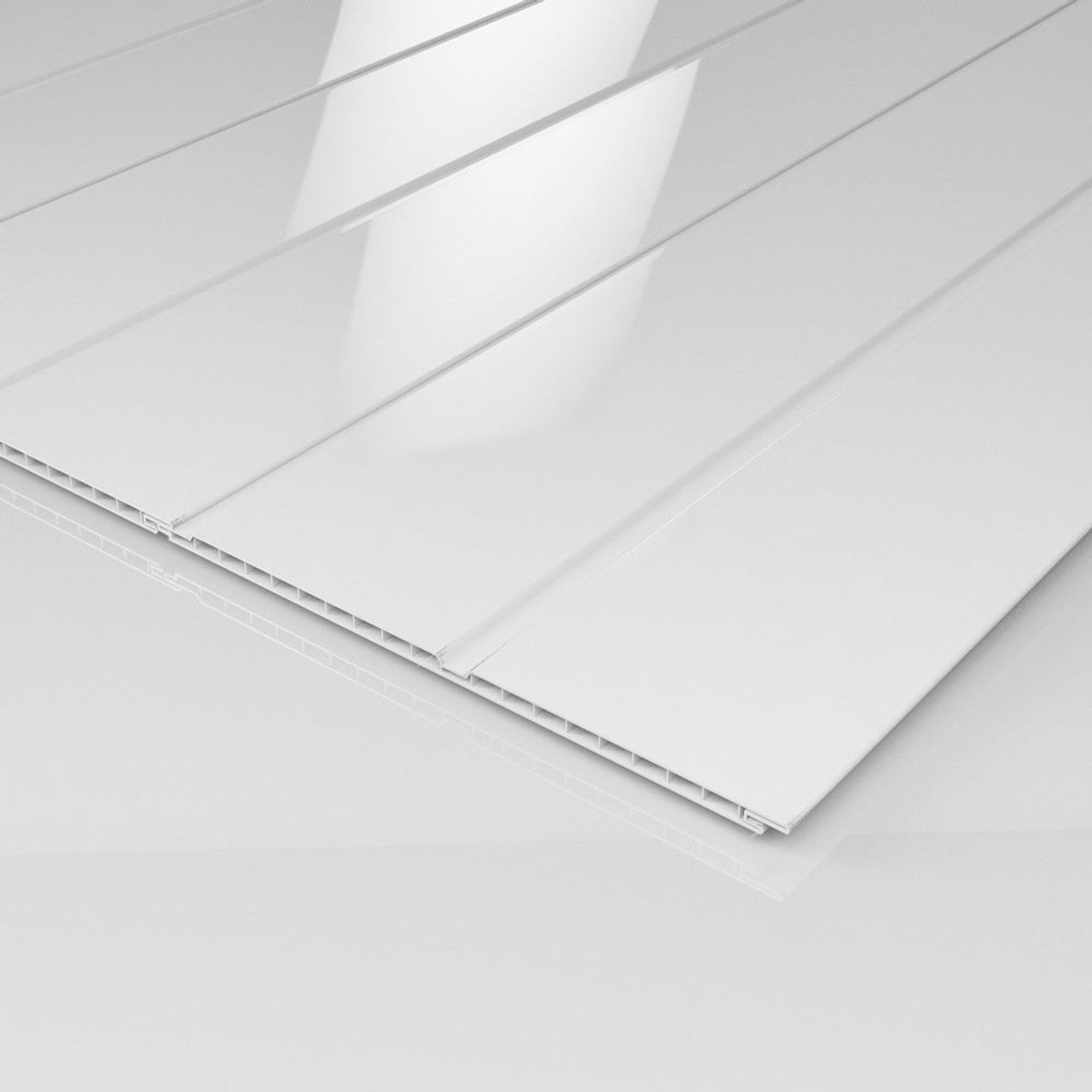When it comes to choosing the right material for wall or floor coverings, PVC panels and tiles are two popular options. Both offer their unique advantages and drawbacks, but one crucial factor that often influences decision-making is the cost. In this blog post, we will delve into the cost comparison between PVC panels and tiles, exploring their respective benefits, drawbacks, and overall cost efficiency.
- The Cost of PVC Panels:
PVC panels, also known as vinyl panels, have gained popularity in recent years due to their affordability. These panels are made from polyvinyl chloride, a synthetic plastic material that is lightweight, durable, and cost-effective. The manufacturing process of PVC panels involves less labor and resources compared to tiles, resulting in a lower production cost. As a result, PVC panels are generally cheaper to purchase and install than tiles. - The Cost of Tiles:
Tiles, on the other hand, have long been a traditional choice for wall and floor coverings. They are available in various materials such as ceramic, porcelain, or natural stone, each with its own price range. While tiles offer a wide range of design options and a luxurious appearance, they tend to be more expensive than PVC panels. The cost of tiles includes not only the material itself but also the installation labor, which can be time-consuming and costly. - Cost Efficiency Analysis:
To determine the cost efficiency between PVC panels and tiles, it is essential to consider the long-term expenses associated with each option. PVC panels require minimal maintenance, as they are resistant to moisture, stains, and scratches. They do not require sealing or periodic regrouting, which can add to the overall cost of tiles. Additionally, PVC panels are relatively easy to install, reducing the need for professional labor and further lowering expenses. - Factors Influencing Cost Efficiency:
Several factors can influence the cost efficiency of PVC panels and tiles. The size of the area to be covered plays a significant role, as larger spaces may require more panels or tiles, affecting the overall cost. The quality and brand of the chosen materials also impact the price, with premium options often commanding higher prices. Additionally, the location and availability of the materials can influence their cost, as transportation and import fees may apply.
Conclusion:
In conclusion, PVC panels offer a cost-effective alternative to traditional tiles for wall and floor coverings. Their lower production cost, ease of installation, and minimal maintenance requirements make them a practical choice for budget-conscious individuals. However, it is important to consider personal preferences, design requirements, and the specific needs of each project when making a final decision. Whether opting for PVC panels or tiles, weighing the cost efficiency against other factors will ensure a well-informed choice.

